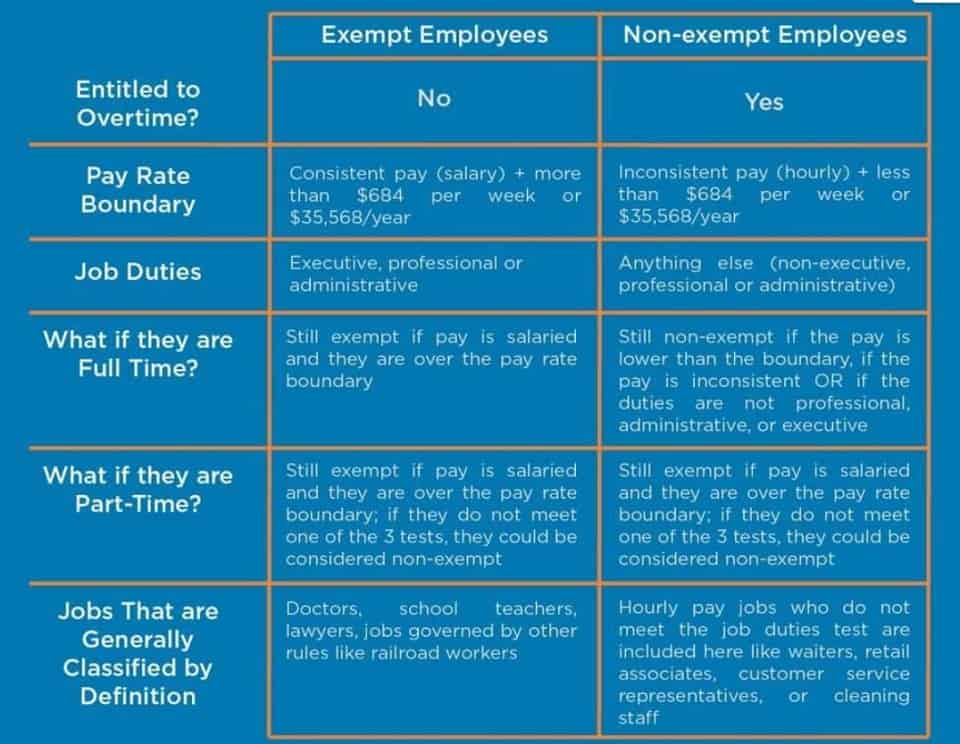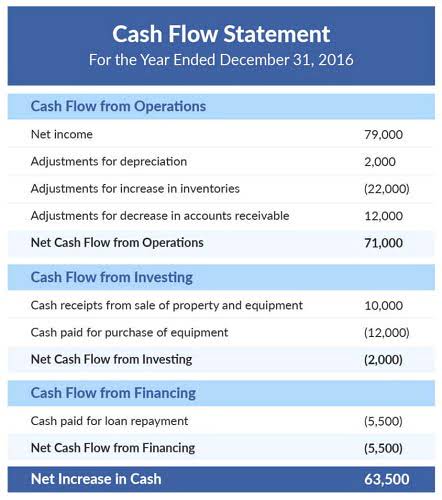Content
Taking drugs during pregnancy also increases the chance of birth defects, premature babies, underweight babies, and stillborn births. Exposure to drugs such as marijuana — also called weed, ganja, dope, or pot — and alcohol before birth has been proven to cause behavior problems in early childhood. In addition, some findings show that babies born to women who use cocaine, alcohol, or https://ecosoberhouse.com/ tobacco when they are pregnant may have brain structure changes that persist into early adolescence. Drinking alcohol during pregnancy increases the risk of miscarriage, premature birth and your baby having a low birthweight. Drinking alcohol during pregnancy can cause fetal alcohol spectrum disorder or fetal alcohol syndrome, a severe, irreversible developmental condition. Using cocaine or methamphetamine — also called speed, Tina, crank, or ice — increases the risk of miscarriage early in the pregnancy.
Essay on My Favourite Place for Students & Children
Some women give up alcohol easily during pregnancy — especially if they develop an aversion to the taste and smell of booze. That’s because the alcohol you ingest can reach baby through the placenta. And while an adult’s liver is capable of breaking down alcohol, baby’s developing liver is not. Our drug and alcohol rehab near Miami offers both inpatient and outpatient alcohol rehab programs. Experienced clinicians use evidence-based therapies and customize each person’s treatment plan to ensure individual needs are met. The following are what is alcoholism answers to common questions about alcohol and pregnancy.
Possible side effects of drinking at 3 to 4 weeks pregnant
It is characterised by craving alcohol regularly, needing alcohol to cope with life in general and drinking in isolation. When you are pregnant, this is a dangerous condition and must be addressed immediately. Discussing it with your health care provider and subsequent rehabilitation must be sought at the earliest (7). Ultimately, that means it’s prudent to pass up any alcohol for the duration of your pregnancy (though you can certainly ask your own practitioner for his or her advice). If you think you might have a drinking problem, talk with your doctor, counsellor, or other support person. Doing this can help you to see and address how alcohol may affect many parts of your life, including your pregnancy.
Researchers are continually learning more about alcohol and pregnancy. While we know any drinking during pregnancy can be risky, we don’t have a full picture of the effects of alcohol in early pregnancy. Drinking during pregnancy can cause your baby to develop a serious life-long condition called fetal alcohol spectrum disorder (FASD).
Why are pregnant women warned not to use drugs?
Children with FASD may have both learning and behavior problems in school that can include difficulty paying attention and aggressive, impulsive, and hyperactive behavior. The child may struggle with making and keeping friends, which can lead to social isolation and feelings of frustration and loneliness. These challenges make succeeding in school difficult, which is hard for both the child and the parent or caregiver. FAS (fetal alcohol syndrome), the most severe of the disorders, occurs in pregnancies during which the mother drinks heavily. To reduce the risk of miscarriage, women who are trying to conceive should consider avoiding alcohol.
How does alcohol affect my unborn baby?
Drinking during the second and third trimesters increases the risk of preterm delivery. Premature babies often face health issues because their bodies are not fully developed. Additionally, drinking during pregnancy increases the risk of stillbirth. However, another study found that the further into the pregnancy alcohol was consumed, the higher the risk of miscarriage. “To be safe, if you are actively trying to conceive, it’s best to avoid or at least limit alcohol, says Dr. Alrahmani. “And remember, the dose makes the poison, meaning that one drink is likely less risky than three.”
Playing it Safe
In the exposed group, a higher proportion of infants born to women receiving psychoactive treatment were SGA (40.5% vs 30.2%) and had respiratory distress syndrome (35.1% vs 9.3%). Within the exposed group, women receiving psychoactive treatment reported a higher number of preterm births (29.7% vs 7.0%), with a larger number delivering infants before 34 weeks of gestation (16.2% vs 2.3%). Most infants from the exposed group receiving psychoactive treatment were diagnosed with NAS (89.2% vs 30.2%). A vast proportion of the newborns from the exposed group receiving psychoactive medication in pregnancy were also hospitalized for more than 5 days (97.3% vs 37.2%). While some studies suggest that occasional light drinking is unlikely to harm the baby, the best advice is to avoid alcohol completely if you are pregnant or planning to become pregnant. If you are struggling with alcohol use or finding it challenging to cut out alcohol, it is important to talk to your healthcare provider about getting help.
- “The problem with drinking alcohol during your pregnancy is that there is no amount that has been proven to be safe,” says Jacques Moritz, MD, director of gynecology at St. Luke’s-Roosevelt Hospital in New York.
- The first few weeks are critical in terms of the survival of the pregnancy, and any damage to the embryo—like suffering from alcohol during pregnancy—could lead to miscarriage, Hoskins says.
- Surgeon General, the American College of Obstetricians and Gynecologists, and the American Academy of Pediatrics advise pregnant women not to drink alcohol at all.
- The adverse effects of alcohol on foetal development are well known, and pregnant women should stay away from it.
NIAAA Alcohol Treatment NavigatorThe National Institute on Alcohol Abuse and Alcoholism (NIAAA) has an Alcohol Treatment Navigator. The Navigator helps adults find alcohol treatment for themselves or an adult loved one. This condition results in infants who are often born undersized and mentally deficient with multiple deformities (particularly of the head, face, limbs and heart) and underdevelopment of the central nervous system.
- And, with the national uptick in drinking, patients may have more questions about alcohol use and overuse before, during, and after pregnancy.
- However, pregnant patients who choose to drink should understand that any alcohol consumption – not just binge drinking – increases specific risks during pregnancy.
- And while we’re on the topic of those prenatal appointments — talk to your doctor candidly about your concerns and let them know that you had alcohol early on.
- PLUS, the latest news on medical advances and breakthroughs from Harvard Medical School experts.
Infants exposed to psychoactive medications such as benzodiazepines, antidepressants, antipsychotics, and hypnotics showed a higher incidence of adverse outcomes, including preterm birth, SGA, NAS, and hospitalization for more than 5 days. In our study, the psychoactive treatment potentially contributed to the adverse neonatal events acting synergistically with the consumed cocaine and/or opioids during pregnancy 67. However, there is a paucity of evidence assessing a possible synergistic effect of psychoactive treatment when taken along with substances such as cocaine and/or opioids in causing adverse neonatal and obstetrical outcomes. Pregnant women frequently experience mood and anxiety disorders, which when left untreated, results in psychiatric episodes, relapse, poor nutrition intake, substance use, and adverse neonatal outcomes 69,70,71.





